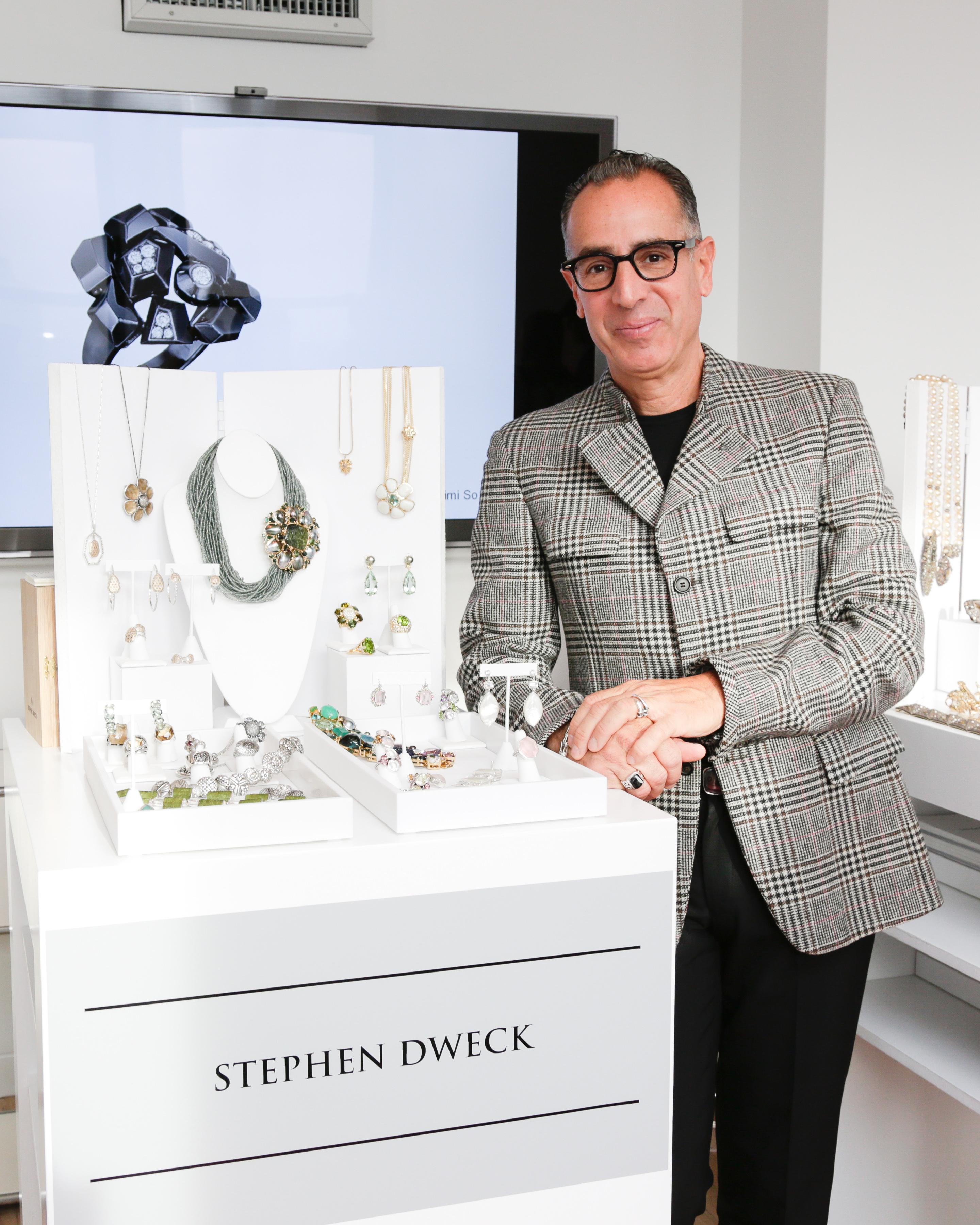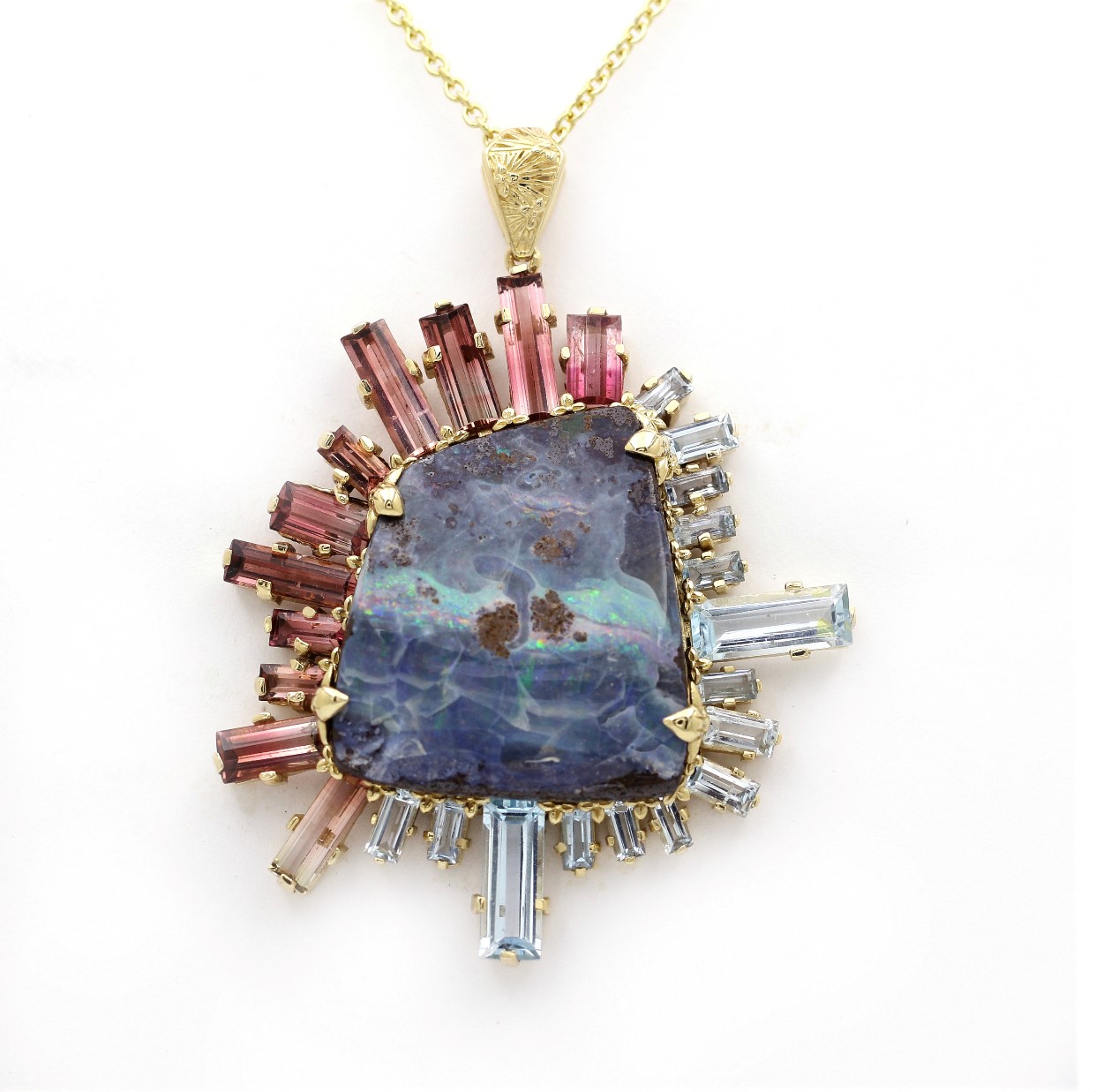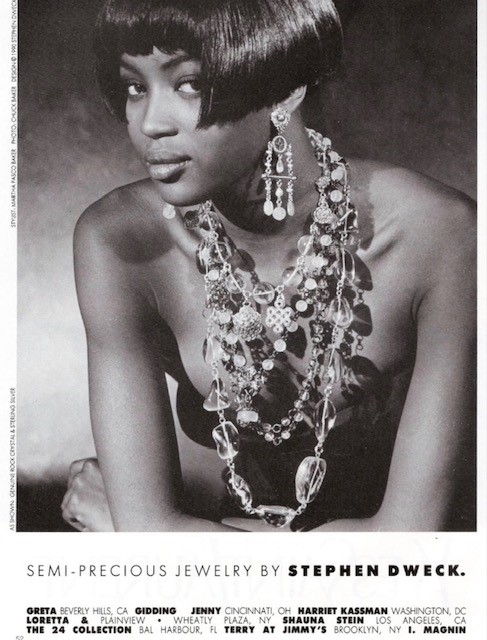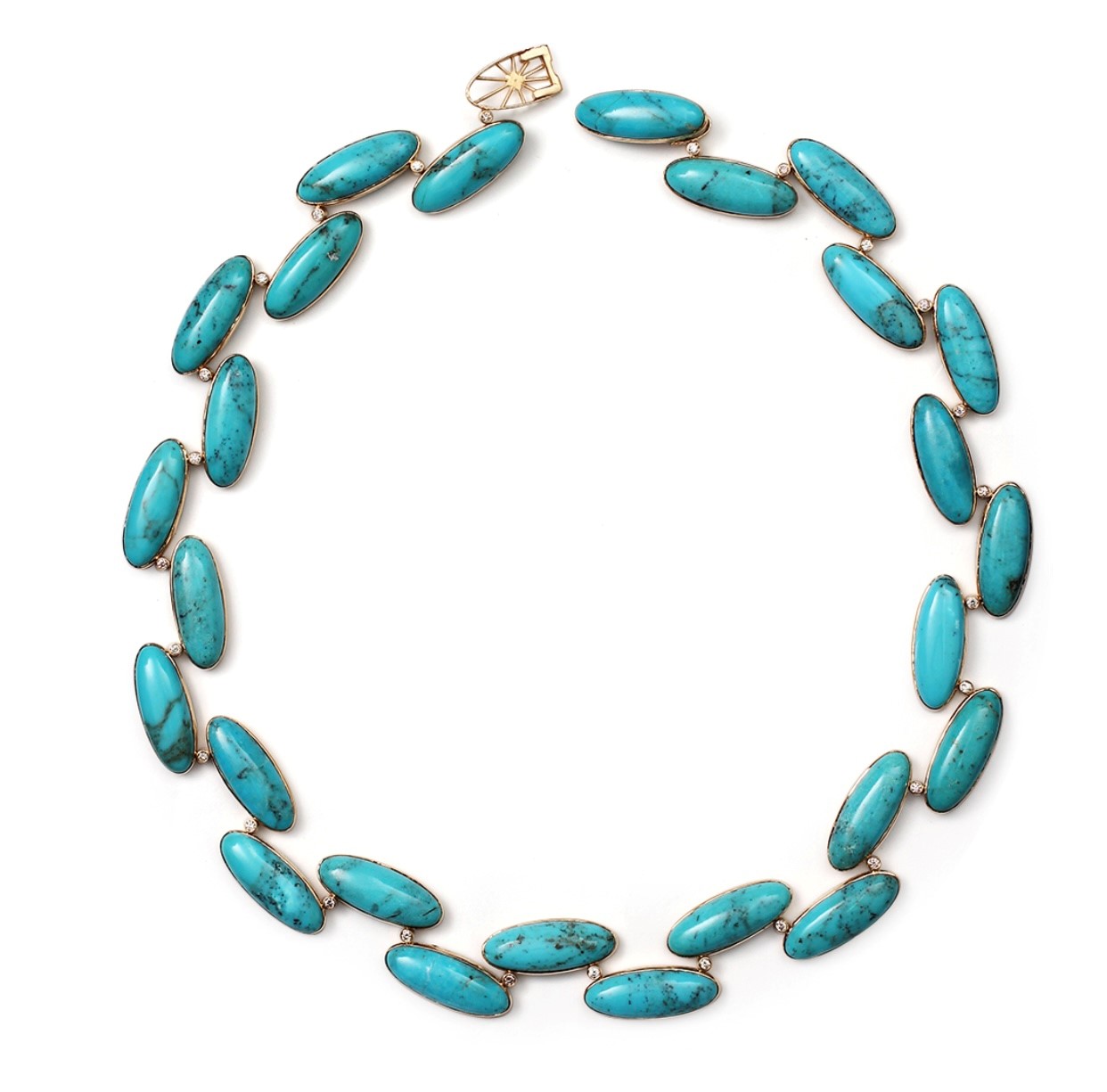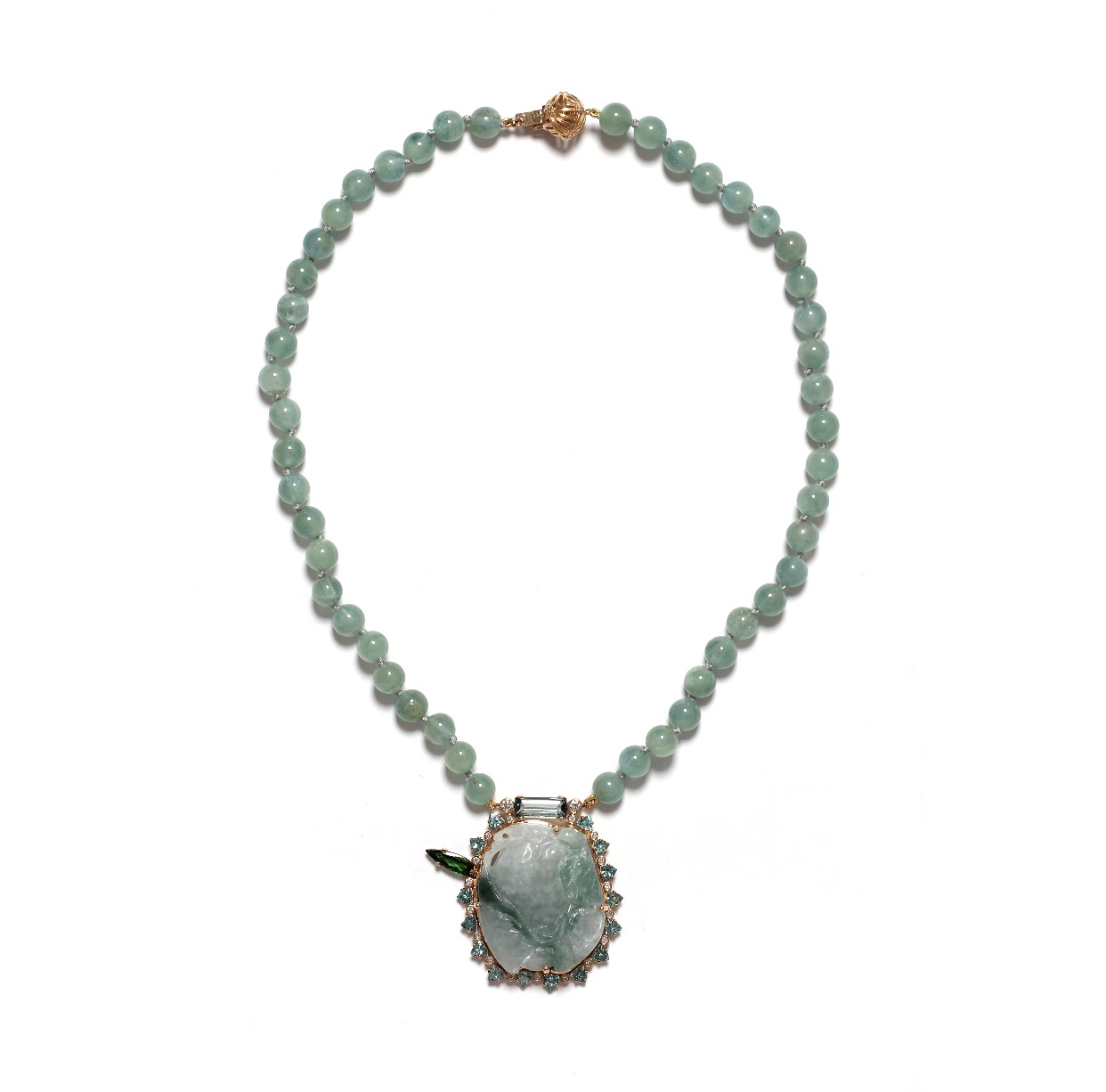It is true, small moments can become the most cherished memories and small things can become big fortunes when you slow down.
As Dweck put it, “In New York City, you are surrounded by decorative arts, architecture, and people who are leaving marks on the world through their craftsmanship whether in museums or retail stores.”
As a kid, Dweck often visited The Metropolitan Museum of Art with his father, which influenced his decision to study fine arts at The School of Visual Arts. “The Met has always been my home away from home when it comes to art. Today, it is still one of the world’s greatest institutions,” Dweck said.
Home provided inspiration in abundance, but Dweck was also exposed to the arts from all kinds of places, including a Matisse book his brother bought in Paris when Dweck was 15, and a 1979 issue of Vogue. He decided to leave art school to follow his passion.
“I created work that evoked an emotion and told a story that people could touch and wear,” he noted.
“I loved Matisse and René Lalique; Matisse featured a lot of decorative elements in his work and Lalique was a decorative artist. Their work encouraged me to design a fantasy world of how I think art should be seen. The Museum of Decorative Arts in Paris also pivoted my direction in jewelry. I saw the attentive detail on jewelry developed by Jean Patou. I admired his 1925 metal and bronze work. I thought I had died and went to museum heaven to see something that I saw in books.”
Although the fashion and art spaces are competitive, there is room to acknowledge and celebrate other artists without a sense of imitation, especially when you know your diligence will pay off in due time.
“To get discovered, I knew I had to do more than sit in my window on a Sunday morning. I wish Jean-Michel Basquiat could see his 1982 Equals P painting in the Tiffany campaign,” Dweck said.
“I have worked with the same gemstones dealers that are connected to luxury brands like Tiffany’s,” he added. “Yet even when the world is complicated or competitive, the beauty of art can be a part of a purposeful campaign. We as artists, creatives, and writers present our own story because everyone has a life story.”
Dweck recalled how he once approached Calvin Klein to introduce his brand and the team there said they’d get back to him – which never materialized.
“Instead, I booked an appointment with Geoffrey Beene, who had a fashion week coming up the following week.
“I told myself, ‘I am going into this business and I do not care what happens.’ After the runway show, Mr. Beene said, ‘we should have designed a dress around this piece of jewelry.’ I was reminded of how much art goes into fashion,” Dweck mentioned. Mr. Beene used a Tahitian Mother Of Pearl Pendant necklace with diamonds and it sold right away in San Antonio, Texas. I was so impressed that I believe there is a spiritual connection between people and art.
And there was Oscar de la Renta, who had wanted his jewelry for years. “He said, ‘Stephen, I thought I had to buy it. I thought I had to find a replacement because your pieces are too pricey for the runway. I tried to look for someone who does what you do with gemstones but there is no one else like you.’’’
Dweck has succeeded by being open to people’s opinion while nurturing his greatest ideas. But most importantly, he believes in himself. As he put it, “In 1982, Polly Mellen from Vogue pushed for a story that never came out. But I did not quit and you cannot quit. Yes, you will do whatever it takes to fund your passion…Never give up.”
